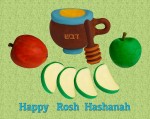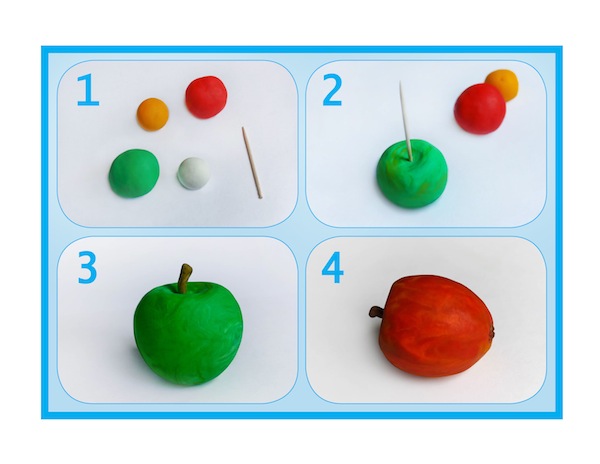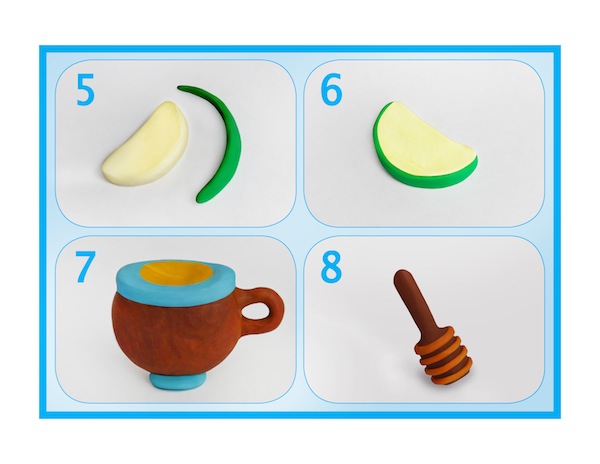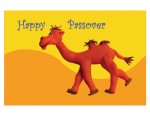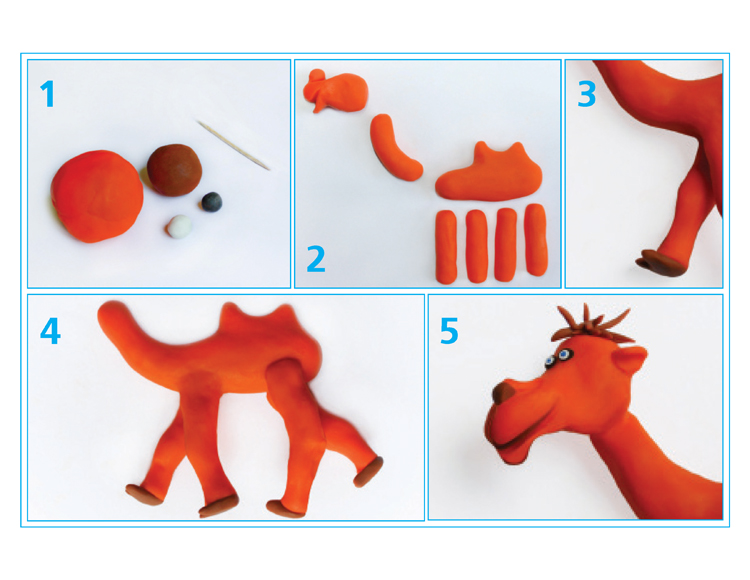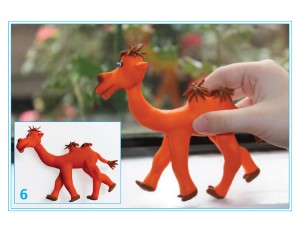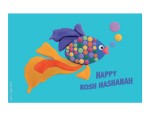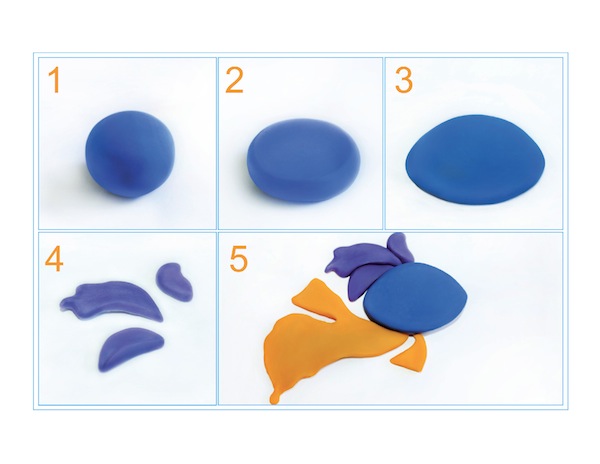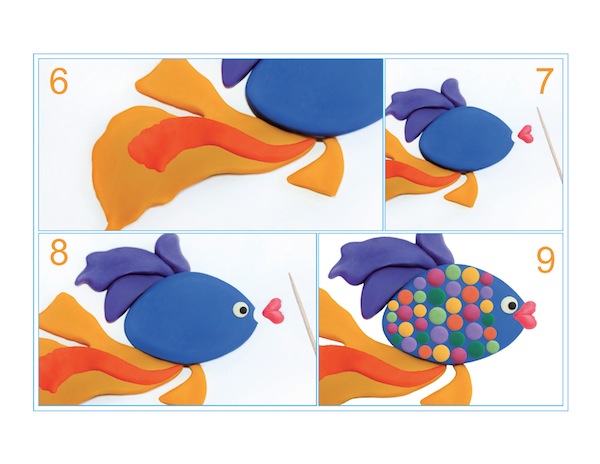Lana Shahar-Kulik (back right) with some of her skating students. (photo from Lana Shahar-Kulik)
Lana Shahar-Kulik approaches life creatively. “In any situation, I like to imagine, What else could I do? How could I make it more interesting? And then I make my imagination a reality,” she said in an interview with the Independent.
Since she was 6 years old, she wanted to be a teacher, and she became one. She taught elementary school for several years in her native Riga, Latvia, before immigrating to Israel in 1998. Her professional life took an unexpected detour there, as she explored a different facet of her exuberant personality.
“I could become a teacher again but I wanted to try something different. I took classes in accounting but, after a couple weeks, I was so bored I wanted to scream. Numbers all day long. Then, our instructor introduced us to new software and told us to create an image with it. Most of my classmates drew some tools; I drew a dog. I enjoyed tinkering with the program. My instructor looked at my dog and said, ‘What are you doing here? You should study art.’”
That was the end of her accounting career. She enrolled in design college in Tel Aviv and spent four intensive years studying graphic design and visual communications.
“I always drew when I was young, but my parents – they were engineers – and I considered it a hobby. Only in Israel art became my profession. I loved it. It was what I wanted to do. I felt almost ecstatic with happiness. I could talk to people who thought like I did, who loved and understood art the way I did. I found my niche.”
Her teacher’s training helped her – she taught art at community centres to pay her college tuition. Afterward, she tried different areas of graphic design. She worked for the fashion industry and in marketing. “But I always wanted to create a book,” she recalled.
That dream didn’t materialize until she moved to Canada with her husband and baby daughter. In 2008, they settled in Vancouver.
“My husband went to work right away – he is a computer guy – but I stayed at home. My daughter was only months old, so we walked outside a lot. That was when I wrote a picture book about a young girl having adventures in Vancouver.”
Her picture book, Curly Orli Goes to Vancouver, by Lana Lagoonca, Shahar-Kulik’s pen name, was published in 2011. She subtitled the book “Plasticine Adventures,” because she originally created all the illustrations as colorful plasticine sculptures. Later, she hired a photographer to photograph her tiny sculptures and used those photos as the book’s images. (For more on Curly Orli and Lagoonca, click here.)
The book opened up a new and fascinating avenue for Shahar-Kulik: brand merchandising. Key chains, jigsaw puzzles, greeting cards, T-shirts and other objects featuring the images from her book are available at curlyorli.com and at several gift shops in Vancouver. She also offers workshops in plasticine and Play-Doh for children of different ages. “I plan to write more books about the same girl, Curly Orli, traveling to different cities, if only I had more time,” she said.
Shahar-Kulik’s love for Vancouver also motivated her to create an adult equivalent of the book – a blog about Vancouver in Russian for tourists and newcomers (lagoonca.livejournal.com).
“I haven’t updated this blog in years, no time, but people still write to me and ask me questions. I always reply, always try to help,” she said.
Helping clients with their graphic design needs, from websites to fashion catalogues, is what Shahar-Kulik’s company, Lunart (lunart.ca), does in four languages: English, Russian, Hebrew and Latvian.
Despite a very busy schedule, Shahar-Kulik recently added another activity to her portfolio. She has started teaching again – roller skating, where the skates have two rows of wheels (quads), and inline skating, where the skates have one set of wheels.
“I loved ice skating as a kid,” she said. “We had a big puddle in our yard and, in winter, it iced over. That’s where I learned to skate. When we came to Tel Aviv, there is no ice there, but there is a large and free outdoor rink for inline skating. I loved it. I learned to do tricks, danced on skates, even had a partner. It is another outlet for my creativity. Skating is like art on wheels. You create beauty with your feet.”
Shahar-Kulik started skating here when her daughter started day care.
“I discovered that Vancouver had no special rinks for roller and inline skating; not many lessons either, and most of them just technical. Nobody offered lessons in creative skating.”
She persevered, met other skating enthusiasts and learned about quad skating. When, in 2015, American skating firm Skate Journeys brought their summer camp to Vancouver, she enrolled and received a licence to be a skating instructor. She also participated in the American 2015 national championship for inline and roller skaters and finished fifth overall.
“I was ready to teach skating,” she said. “Of course, I taught it before, gave private and group lessons, but now I opened a school at Richmond Sports and Fitness. It is called Roller Dance Owl. We teach group dancing, slalom, pair dancing, technical elements and, of course, safe street skating. We play on wheels, have field trips, and the children love it.”
Roller Dance Owl has its own Facebook page, facebook.com/rollerdanceowl.
Olga Livshin is a Vancouver freelance writer. She can be reached at [email protected].


